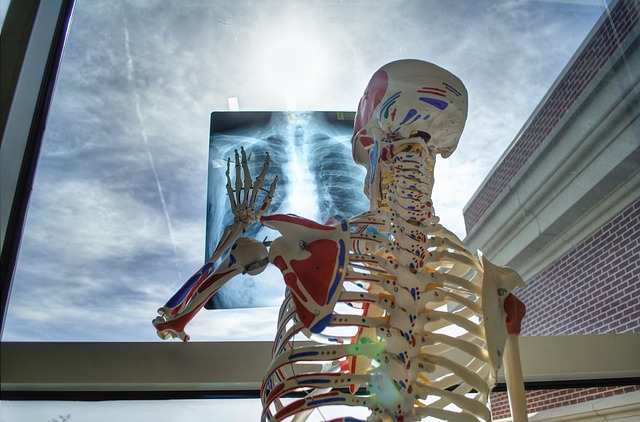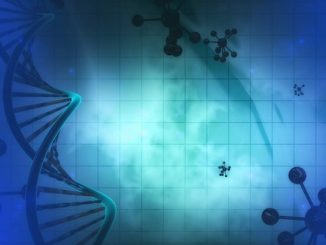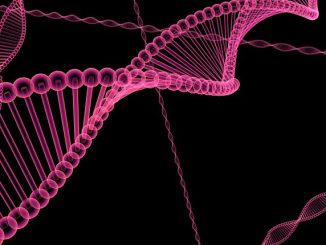
A new breakthrough study by a team of biomedical engineers at Duke University could herald a major advancement in the development of the first functioning human skeletal muscle from induced pluripotent stem cells (iPSCs), which as naturally-occurring stem cells found in embryos, can become all existing cells in our body.
Published Jan. 9 in top-tier journal Nature Communications, this work builds upon work done by researchers at Duke in 2015, in which they were able to create working human muscle tissue after extracting cells from muscle biopsies that contracted and responded just like naturally grown skin tissue to external stimuli.
This most recent progress of growing human muscle cells via iPSCs – a process achieved by reverting adult skin or blood cells into a juvenile and versatile state – could soon allow researchers to test out new advanced applications like cell therapies and study muscular diseases outside of lab animals or the human body. The breakthrough will also expand our own understanding of human biology.
“It’s taken years of trial and error, making educated guesses and taking baby steps to finally produce functioning human muscle from pluripotent stem cells,” study co-author Lingjun Rao said in a press release, adding that the medical breakthrough was made possible by “unique cell culture conditions and 3-D matrix, which allowed cells to grow and develop much faster and longer than the 2-D culture approaches that are more typically used.”
In their study, the research team was able after 2-4 weeks of 3-D culture to create muscle fibers that reacted to external stimuli, such as an electric shock or biochemical signals similar to neuronal pathways whose function is to allow the nerves to activate the muscle. When the Pax7 molecule-flooded iPSC-grown tissue was implanted into adult mice, the team found that after integrating it into the animals’ native tissue, it survived and functioned for at least three weeks, though it was “not quite as robust” as natural tissue.
Despite this caveat, the researchers say the iPSCs method not only developed “satellite-like cell” reservoirs, a process involving the normal growth and regeneration of the muscle following injury or disease, but was also capable of growing many more cells from a smaller starting batch than the biopsy technique.
The study’s successful development which will now allow researchers to have a mature muscle culture system, could have staggering medical applications in terms of new disease research models—and perhaps, in the not too distant future, gene and regenerative therapies.
The full study can be found online in Nature Communications
- Bulenox: Get 45% to 91% OFF ... Use Discount Code: UNO
- Risk Our Money Not Yours | Get 50% to 90% OFF ... Use Discount Code: MMBVBKSM
Disclaimer: This page contains affiliate links. If you choose to make a purchase after clicking a link, we may receive a commission at no additional cost to you. Thank you for your support!




Leave a Reply